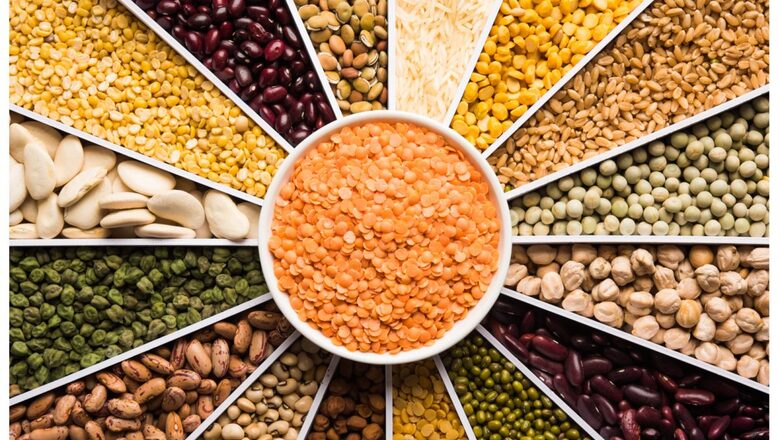
views
WORLD PULSES DAY 2023: The United Nations had marked 2016 as the International Year of Pulses (IYP) to recognise the value of these food items. Following the success of that campaign, in 2019, the UN passed a resolution proclaiming February 10 as the World Pulses Day. This observance is especially significant for India. The country is the largest producer, consumer, and importer of pulses in the world. Several states in India produce pulses– the edible seeds of leguminous plants– on a massive scale. Take a look at the top five pulses-producing states in India.
Madhya Pradesh
According to the latest estimates published by the Ministry of Agriculture and Farmers Welfare for the Financial Year 2020-21, Madhya Pradesh is the leading producer of legumes in India, accounting for 20 percent of the total produce. The state produced an estimated 5.3 million tonnes of pulses. Moong, urad, and millets are common legumes grown here.
Rajasthan
Close to 6.15 million hectares in the state are dedicated to pulses crops. Rajasthan produces 4.31 million tonnes of pulses. The major crops in this category include moth, moong, arhar, and gram. The state produced an estimated 16.75 percent of the total legume output in India.
Maharashtra
At approximately 4.3 million tonnes of pulses produced in FY 20-21, Maharashtra comes a close third to Rajasthan. Toor comprises a major portion of the produce. Moong and urad are preferred crops, too, although reliant on a normal monsoon period.
Uttar Pradesh
This North Indian state, which had an estimated 2.38 million hectares of land dedicated to pulses crops in FY 20-21, produced approximately 2.56 million tonnes of legumes. This accounts for roughly 10 percent of the total pulse production in India.
Karnataka
Karnataka produced an estimated 2.38 million tonnes of pulses. Tur pulse is a prominent crop in the region. Horse gram and black gram also contribute to the high legume production in this state.
Staple dishes from across the world, including those in Indian and Mediterranean cuisines, feature pulses. Delicacies such as dal fry, hummus, and the full English breakfast, all make heavy use of legumes.
Read all the Latest Lifestyle News here




















Comments
0 comment